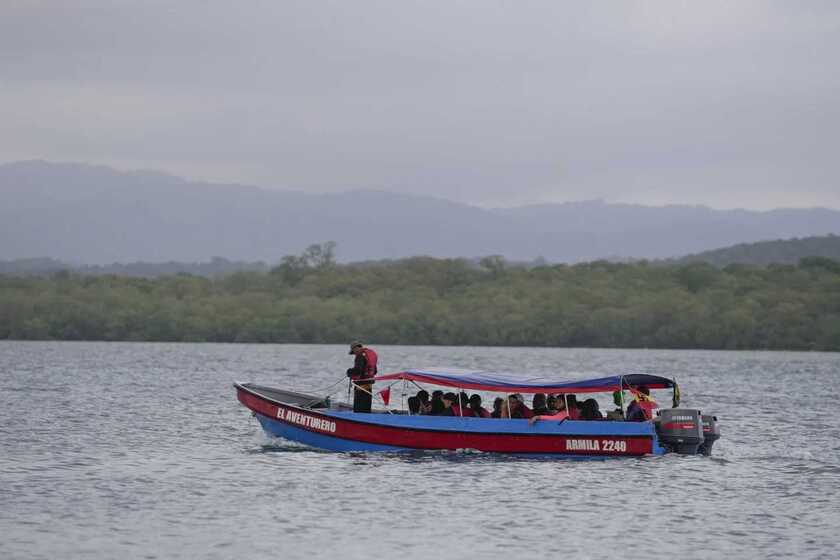
For years, I’ve reported on migration crises from war zones to the U.S. border. But now, something different is happening—migrants are turning around and heading back south. Why? Because all it took was the will to close the border.
For four years, the Biden administration told us they were “doing all they could” to control the border. If only Congress would pass a bill, if only they had more funding. Meanwhile, the flood of illegal crossings continued. Then, President Trump took office, and overnight, the crisis was shut down. Instead of 5,000 to 15,000 migrants a day, we’re seeing just dozens. And now, Panama is feeling the effects.
The Darien Gap: A Migrant Superhighway
The Darien Gap is a brutal, lawless jungle between Colombia and Panama. At its peak, 5,000 migrants per day made the trek through its swamps, cliffs, and deadly terrain. Under the Biden administration, the numbers soared, with over 14,000 crossings in a single day at one point. This was a major operation, fueled by cartels and smugglers profiting off human misery.
But as soon as Trump’s border policies kicked in, the flood through the Darien Gap all but stopped. Now, only about 10 to 15 migrants a day are attempting the journey north. Panama, working with the U.S., is now deporting migrants back to their home countries—or placing them in jungle camps indefinitely. Facing that reality, many have decided to return south.
A Multi-Billion Dollar Industry
This crisis hasn’t just been about people—it’s been big business. Cartels, corrupt governments, and even NGOs have raked in billions from the movement of migrants across Latin America. Panama alone was spending $6 million a week on migrant food and housing. Now, with the border closed, smugglers are flipping their operations—charging migrants $200 to $300 per person to return south instead of moving them north. Even boats smuggling migrants back to Colombia are making a fortune.
One tragic incident highlights the dangers: a boat carrying 22 migrants capsized recently, drowning an 8-year-old Venezuelan boy. These risks were the same on the way north, yet under the previous administration, the U.S. actively enabled the migration instead of stopping it.
What Happens Next?
We’re not done covering this. Today, I’ll be heading out to the Darien region to see the situation firsthand. Instead of hiking through the jungle, migrants are now boarding boats to Colombia, reversing the very route they once took in desperation to reach the U.S.
One woman I interviewed summed it up: “I regret ever trying to go to the U.S. It’s been nothing but misery.” That’s the power of enforcing the law. The migration crisis wasn’t inevitable—it was engineered. Now, for the first time in years, we’re seeing what happens when that changes.

















